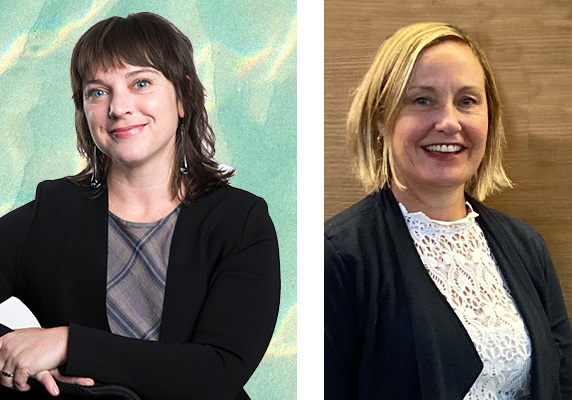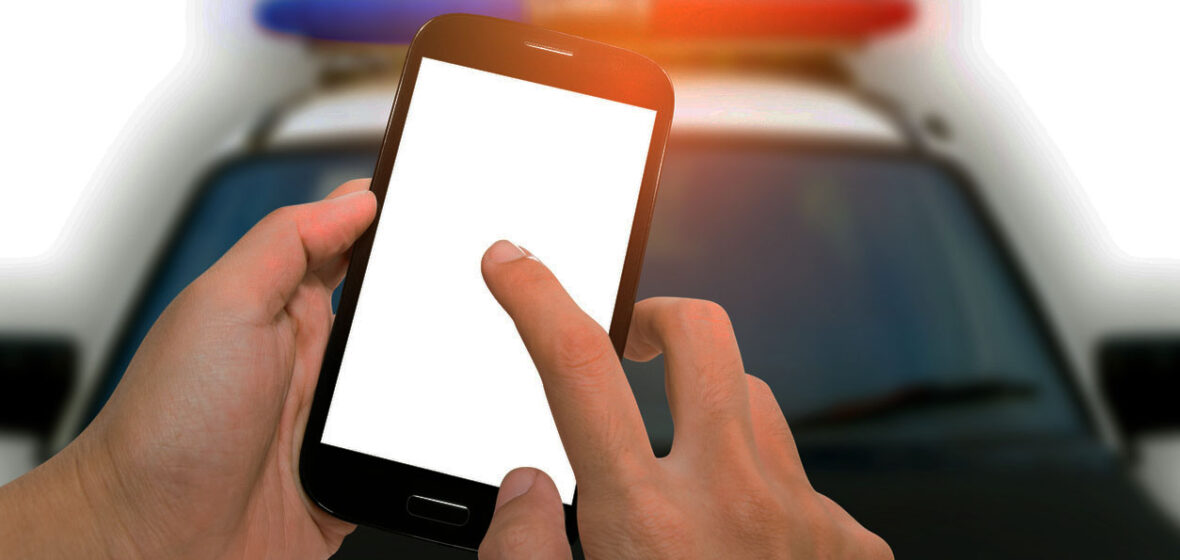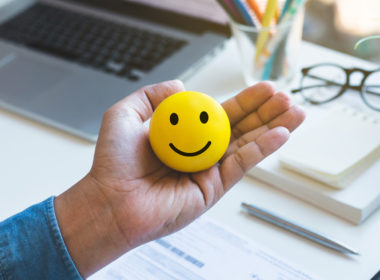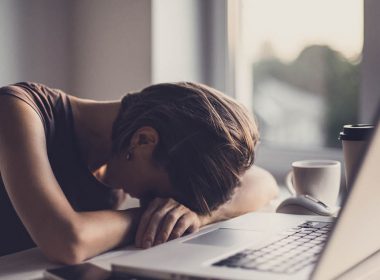Witness photos and videos can hold law enforcement to account. Two programs, Copwatch and Fair Play, support minority communities with using this method to address police misconduct safely and legally.
Between 2021 and 2022, the Law Enforcement Conduct Commission (LECC) assessed over 5000 complaints into the conduct of NSW Police, an increase of 31 per cent over the previous year. In one of the higher profile cases, Operation Hosta, the LECC found a NSW Police officer guilty of serious misconduct, having bullied a bystander who filmed an arrest involving unreasonable and excessive force.
This may have reminded the public of another high-profile case from 2018 (the recent subject of an ABC Background Briefing investigation), in which a Byron Bay police officer struck a disoriented 16-year old boy with his baton 18 times after using both a Taser and pepper spray. The act was caught on video by a bystander, filming from a nearby balcony, who was allegedly threatened and sworn at by the officer. During court testimony in a resulting criminal trial, a witness recalled that an officer wandered over to some onlookers and appeared to have been questioning whether they had recorded the act, using a threatening tone.
In both cases, witness footage held law enforcement to account, and in both cases members of the public who had the perceived temerity – and the foresight – to record the police in public, which they can lawfully do, were subject to intimidating and unjustified behaviour from police. Arguably, in both cases, if no footage and no witnesses had come forward, the case of a teenage boy against several police officers would not have proceeded far, if at all.
CopWatch
In 2018, Australia’s not-for-profit legal service the National Justice Project (NJP) launched the app CopWatch, an additional component of its education program for Aboriginal communities, to ensure individuals were aware of their rights to film police in public in aid of transparency and accountability. At that time, Indigenous Australians were 13 times more likely to end up in prison and 20 times more likely to be arrested than non-Indigenous Australians.
“Overseas experience shows both police and community members behave better when they’re under scrutiny, full stop,” says George Newhouse, principal lawyer for the NJP.
According to a spokesperson for the NJP, a second version of the app is due to be launched in late February or March this year. It will include updated information on legislation around filming police in public, and education for communities who are vulnerable to police misconduct: Aboriginal communities, LGBTQI+ communities, and those living with disabilities.
‘Overseas experience shows both police and community members behave better when they’re under scrutiny.’
Samantha (Sam) Lee is a senior solicitor specialising in Police Powers and Administrative Law at Redfern Legal Centre. She says that footage provided by bystanders is increasingly relied upon in the absence of the use of body cameras by police. She views the CopWatch app as a tool that can empower the public.
“[Bystander footage is] a powerful tool, a strategy that you can give people. Body-worn video footage was meant to be used by police officers, but unfortunately in our practice we’re witnessing that a lot of body-worn cameras, which are discretionary, aren’t turned on. So, to ensure people’s rights are protected, and there is some visibility of excessive force in particular, it’s important to educate the community about these strategies.”
Lee mentions a recent case of footage taken by a bystander showing a 14-year-old Indigenous boy suffering a head injury during an arrest in the Northern Rivers region.
“The allegation is that police caused a head injury. If we didn’t have footage, that would have gone away because it would have been too difficult to prove,” she says.
“A picture speaks a thousand words,” Lee adds. “It’s very useful to have footage, and we have seen people using phones a lot more as both witnesses and recipients of policing behaviour. It can benefit everyone, including police. I’m able to see footage to [establish] that police have acted appropriately or … have overstepped the mark.
“The Danny Lim situation [where the a protester was filmed] is one where, fortunately, someone did film that interaction, and that captured a very important physical interaction … if it was just one person’s word against another [this] would be a huge hurdle for the person who had experienced the excessive force.”
Fair Play
Like CopWatch, the Fair Play organisation has a website that provides education and supports users to make a complaint about alleged police misconduct. Fair Play is specifically directed toward the LGBTQI+ community, empowering them to know their rights around recording police interactions.
Fair Play was originally launched in 2009 as Project Blue by the Sydney Gay and Lesbian Mardi Gras, ACON, the Inner City Legal Centre (ICLC) and the NSW Gay and Lesbian Rights Lobby, as the result of concerning conduct by the NSW Police during the 2013 Sydney Mardi Gras Festival.
Katie Green is Managing Principal Solicitor at the ICLC. She explains, “As a specialist LGBTIQ Legal Service, the ICLC receives a higher number of complaints about police misconduct across the spectrum. In addition to complaints around police conduct at dance parties and the Mardi Gras, we frequently assist with complaints about police in relation to domestic and sexual violence.”

Following every event that is attended by Fair Play, the ICLC and other solicitors provide legal advice and referrals to partygoers who have been searched or detained by police. “The Fair Play project has increased community awareness amongst partygoers that certain policing practices may amount to misconduct; however, this does not always result in a formal report or complaint, as this in itself may be retraumatising for or overly burdensome on the complainant,” Green says.
“While we do not have concrete data on the number of misconduct reports that are made, we do know that the number of ‘pat down’ and strip searches performed by Police at these events has steadily increased each year since Fair Play’s inception in 2014. We also know that fewer than 50 per cent of these searches result in detection of illicit substances.”
‘Not straightforward’
Lee advises that witnesses can legally film police in a public space, even if they are told not to.
“The only point where it isn’t legal is if filming is hindering an arrest. Our advice is to always film from a distance. Police will tell you that you can’t do it, but you can.” She adds, “There is a risk that if you get up close and personal, your phone can be confiscated.”
Footage can be used in either criminal cases or civil actions, or both, Lee says.
“That footage could be used to dispute the lawfulness of a search or an arrest in a criminal case. The difficulty with witness footage is that you really can’t tender that footage unless you have the witness in court, but where it can assist more is in a civil action or a complaint against police, to confirm that action was unlawful and there’s potentially a valid claim of damages against police for assault or battery. Footage needs to be substantiated, so the person who took the footage has to give evidence. It’s not straightforward.”




